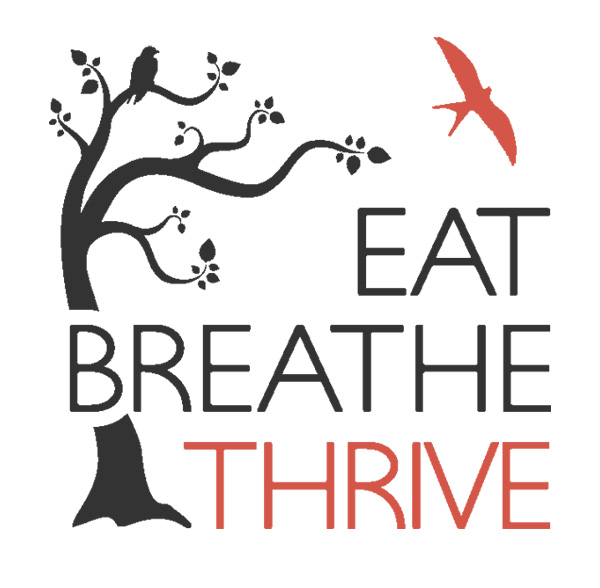
Eating Disorders: How Yoga Supports Prevention and Recovery
Course Description
Chances are you know someone with an eating disorder. Seventy million people worldwide—more than the population of Canada and Australia combined—experience eating disorders. They are life-changing, sometimes life-threatening illnesses. Anorexia Nervosa alone kills one person every 62 minutes.
However, a growing body of evidence suggests that yoga can make a difference, both in prevention and recovery. Research indicates that yoga can help students eat mindfully, cope with difficult emotions, and foster self-compassion. These skills can prevent eating disorders from taking root in the first place and support long-time sufferers to find their way to recovery.
But yoga also poses significant risks to those with eating disorders, especially at acute phases of illness. Eating disorders have the highest mortality rate of any mental illness as a result of cardiovascular complications and suicide – and you can’t tell a student is severely ill simply by their weight or body size.
In this course, you’ll gain an in-depth understanding of eating disorders and the role yoga can play in prevention and recovery. Come away with the clarity, insight, and confidence you need to make a difference in the lives of students in your community.
Course Curriculum
-
Introduction to the Course
Welcome to the Course
Meet Chelsea, Your Course Leader
What you can expect from this course
-
Introduction
Beginning the Conversation: Myths About Eating Disorders
What Do We Mean By the Term Eating Disorder?
Clinical Diagnoses: What are the Types of Eating Disorders?
Biological Causes: Genetics and Endocrine Factors
Psychological Causes: Trauma and ACEs
Social Causes: Family, Sports, and Cultural Norms
Eating Disorders Across the Gender Spectrum
Eating Disorders in Racial and Ethnic Minorities
-
Introduction
How Yoga Can Help Students with Eating Disorders
What is Interoception, and How Does it Support Recovery?
How to Incorporate Interoception in Your Classes
Demonstration: How to Lead the Interoceptive Meditation
What is Embodied Self Regulation, and How Does it Support Recovery?
How to Teach Embodied Self Regulation in Your Classes
Demonstration: Grounding, Orienting, and Resourcing
Compassion: Replacing Self-Harm with Self-Care
How to Incorporate Self-Compassion in Your Classes
Demonstration: Self-Compassion MeditationDescription text goes here
-
Introduction
Risks and Best Practices for Working with Students with Eating Disorders
Cardiovascular Complications in Eating Disorders
Suicide and Non-Suicidal Self-Harm
Risk Assessment and Scope of Practice
Crisis Intervention and How to Refer to Treatment
Speaking to a Student You're Concerned About
Next Steps and How to Get Involved with Eat Breathe Thrive
Recommended Courses and Free Resources
How to Get Continuing Education Credits for this Coursecription
You'll have access to the course for a year!
Meet the Instructor
Chelsea Roff, C-IAYT, is the Founder and Director of Eat Breathe Thrive, a nonprofit organization that helps people overcome eating disorders. A yoga therapist, educator, and research collaborator, she has spent the better part of a decade working to make integrative health programmes available to people with mental illness. Prior to her work in the charitable sector, Chelsea worked as a researcher in psychoneuroimmunology, with a focus on yoga as a complementary treatment for breast cancer and HIV/AIDS. She is currently overseeing a research initiative, which includes two randomized controlled trials, on a manualized yoga program for eating disorder recovery.


